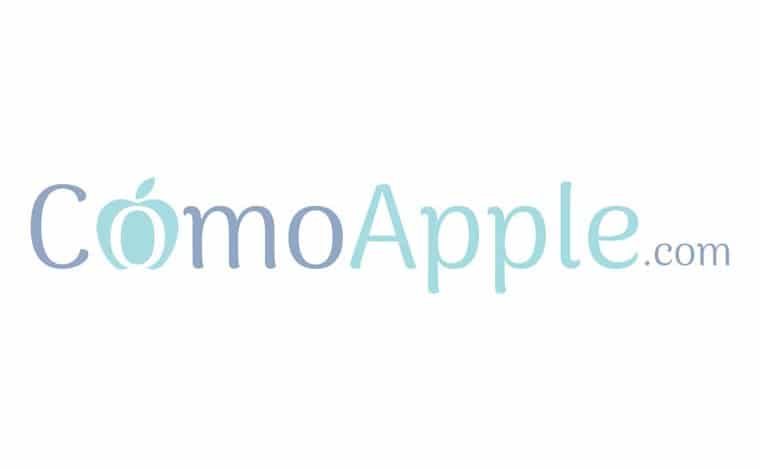
Plug in the connector of your device slowly into the port of your Mac — this ensures proper initiation. Go to Applications → Utilities → Disk Utility. You should be able to see the external hard drive under the External heading in the sidebar on the left. Click on it to open the drive’s information.
Subsequently, how do I connect an external hard drive to my Macbook Pro? Connecting the Drive. Plug the hard drive into the Mac using the cable that came with it. Most hard drives connect via USB, so you’ll just need to plug the USB cable into an open port on your Mac. You’ll typically find at least one USB port along each side of the Mac.
Beside the above, how do I get my Macbook Pro to recognize my external hard drive? Go to System Preferences > Disk Utility. Check that the external disk is listed in the left sidebar. Highlight your hard drive and select Mount. It should now appear under devices in the Finder.
Likewise, why can’t I find my external hard drive on my Mac? Try the following to make sure your Mac is set to show mounted drives on the desktop. Open the Finder. Click on Finder in the menu at the top of your screen. Choose Preferences > General and make sure that there is a tick beside External Drives.
Also know, how do I open my external hard drive? Change settings for desktop. Sometimes your Mac detects the USB drive but doesn’t show it on the desktop. Hence, you ought to go to Finder > Preferences > General and ensure the “External disks” option is ticked. At that point, you’ll see the USB drive appearing on the Mac.
What do I do if my external hard drive is not detected?
How do I find external storage on my Mac?
Open the Finder. Click on Finder in the menu at the top of your screen. Choose Preferences > General and make sure that there is a tick beside External Drives.
How do I get my laptop to read my external hard drive?
- Make Sure Your External Drive Turns On. This is a preliminary step, but still one worth checking.
- Check the Drive in Disk Management.
- Try Another USB Port and Computer.
- Troubleshoot Device Driver Issues.
- Create a New Drive Volume.
- Format the External Drive.
Why can’t I open external hard drive?
If the drive still isn’t working, unplug it and try a different USB port. It’s possible the port in question is failing, or just being finicky with your specific drive. If it’s plugged into a USB 3.0 port, try a USB 2.0 port. If it’s plugged into a USB hub, try plugging it directly into the PC instead.
Why is my Mac not reading my Seagate external hard drive?
The Seagate external hard drive beeping and not recognized on Mac could be resulted from a damaged cable or the cable not supplying enough power. Try using another cable, an external power source, or a self-powered USB hub to connect your Seagate drive with Mac. Also, try different ports on the Mac.
How do I view files on my Seagate external hard drive Mac?
Simply plug in the power, plug in the USB cable, and the drive should appear in (My) Computer/This PC and Windows Explorer/File Explorer. For Mac, you will need to reformat the drive prior to using it because it will be read-only on a Mac, which means you will be unable to copy or move data to the drive.
Why is my Seagate drive not showing up?
If your Seagate external hard drive is blinking but is not detected by your PC, then you can try to unplug it from the USB port and should plug it into a different USB port. Besides, you can reboot your PC and try to connect your Seagate external hard drive to the computer again.
How do I transfer files from external hard drive to Mac?
How do I open a Seagate external hard drive?
Why can’t ti put anything on external hard drive Mac?
If you can’t move or copy a file or folder, you might need to change its permissions settings. You might also need to change permissions settings for the disk, server, or folder where you want to move the item. On your Mac, select the item, then choose File > Get Info, or press Command-I.
Does Seagate work with MacBook Pro?
You can. And it doesn’t matter whether you’ve a 1TB, 2TB, 4TB or 5TB or bigger Seagate Expansion. Or if it’s an SSD expansion or a desktop drive. You can have it and use your Seagate Expansion on your MacBook Pro, MacBook Air or iMac.
Is Seagate compatible with MacBook Pro?
Newer Seagate and LaCie branded external drives come preformatted with the exFAT file system, which allows it to be used on both Mac and Windows without reformatting the drive.
Is Seagate good for MacBook?
The Bottom Line. The Seagate Slim for Mac is a good, mainstream portable drive for iMacs and MacBooks. It fits easily in a pocket and comes with USB 3.0 so it will work fine with your recent vintage MacBook Air.
Why won’t my laptop recognize my Seagate external hard drive?
A reason why your Seagate portable drive is not being recognized could be that you might have plugged it into a faulty or loose USB port. Try to plug the drive into a different USB port and see if it is recognized.
How do I reset my Seagate external hard drive Mac?
- Make sure the storage device is connected to and mounted on the computer.
- Select Go > Utilities in the Finder menu bar.
- In the Utilities folder, double-click Disk Utility.
- Select the Seagate drive in the left column.
- Click the Erase tab.
- Choose a format from the drop-down window.
- Enter a name for the volume.
How do I recover photos from my Mac external hard drive?
Connect the external hard drive to your Mac. Open the Trash by clicking on its icon. Search for the file you want to recover. Right-click on the item and select the Put Back option to restore it to its original location on the external or internal drive.
How do you open a Seagate 1tb external hard drive?
- Undo the clips between the plastic lid and body.
- Push the top plastic piece from the bottom of the hard drive.
- Remove the single screw.
- Peel up the foil at the connector.
- Lift the drive out of the case.
- Remove the SATA to USB Bridge.
- Peel off the last of the foil.
How do I transfer files from my Seagate external hard drive to my computer?
Right-click or Command-click the file or folder you want to copy inside the Seagate drive and choose Copy “name of the file or folder you clicked on”. Open the Seagate drive from its icon on the desktop. Right-click or command-click into an empty area of the drive, and choose Paste Item.
How do I use Seagate Backup Plus for Mac?
- Plug in your Backup Plus to your system.
- Open Time Machine from your Menu Bar (or from System Preferences).
- Choose Select Backup Disk.
- Select Seagate Backup Plus Drive (or the external drive as shown) connected to your Mac, and choose Use for Backup.
How do I access Disk Utility on Mac?
Use the Finder: In the Finder , choose Go > Utilities, then double-click the Disk Utility icon. (Disk Utility is located in the /Applications/Utilities folder.) Open Disk Utility in macOS Recovery: Start up your Mac in macOS Recovery, choose Disk Utility in the Recovery app window, then click Continue.
Can I use a Seagate external hard drive with a Mac?
How do I use a Seagate external hard drive for Mac and Windows?
Which format is best for Mac external drive?
If you need to format a drive, use the APFS or Mac OS Extended (Journaled) format for best performance. If your Mac is running macOS Mojave or later, use the APFS format.
Do I need to format a new external hard drive?
As such, the drive is immediately usable out of the box. If you choose to do a format, a quick format changes the file system while the full format also checks the drive for bad sectors. However, if you do not intend to change the file system, a format is not necessary.
How do I use a Seagate external hard drive without formatting Mac?
- Make sure the storage device is connected to and mounted on the computer.
- Select Go > Utilities in the Finder menu bar.
- In the Utilities folder, double-click Disk Utility.
- Select the Seagate drive in the left column.
- Click the Erase tab.
- Choose a format from the drop-down window.
- Enter a name for the volume.
